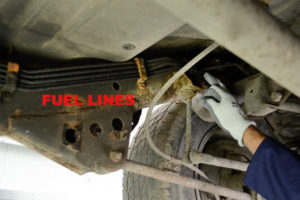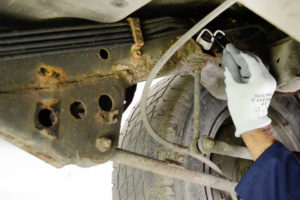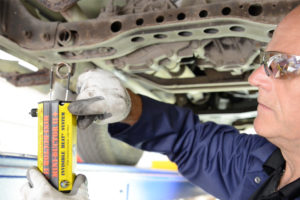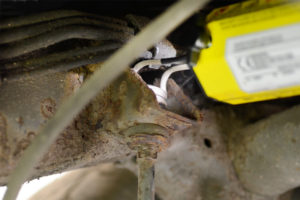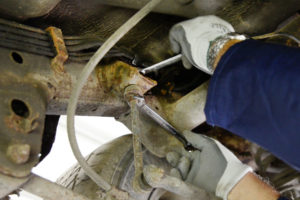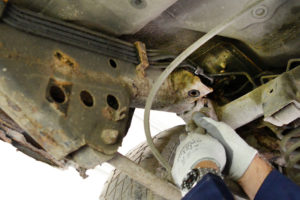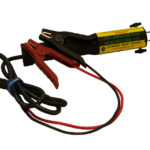Induction Innovations explain how to safely remove rusted or corroded nuts near a fuel line.
Have you ever been faced with the problem of removing a rusted, corroded nut in an inaccessible space, near a fuel line? The traditional approach of using an Oxy-Acetylene torch is obviously out of the
question as its use in a confined space vastly increases the consequential fire risk – plastics, wiring, trim and fumes around the part to be removed can catch fire, causing potentially costly damage.
Safe alternative
The good news is that help is at hand. The innovative Mini-Ductor® Induction Heating tool range uses Invisible Heat® to quickly heat ferrous and some non-ferrous metal, providing a safe and viable alternative to using a naked flame. Some parts can be also be reused as the Invisible Heat® is localised
on the part and not the surrounding area, with less collateral damage.
Easy removal
The Mini-Ductor is supplied with three bendable coils, ideal for getting into awkward areas and thin enough to wrap round the nut and heat it in seconds for easy removal. The range is available in 240V II + (MD800), 110 CE (MD-700CE) and a new, portable 12V (MD-500) version, which works off a 12V battery pack, or off a car, van or truck battery.
